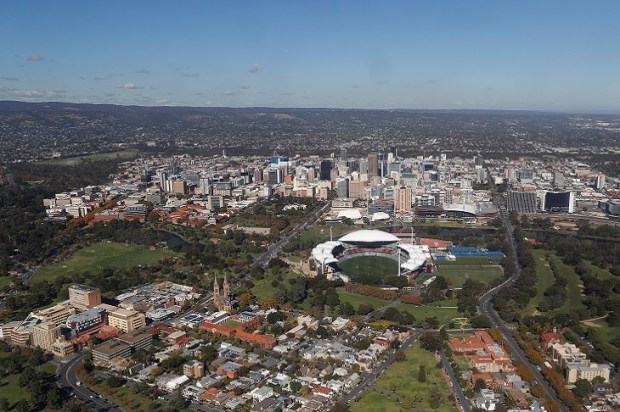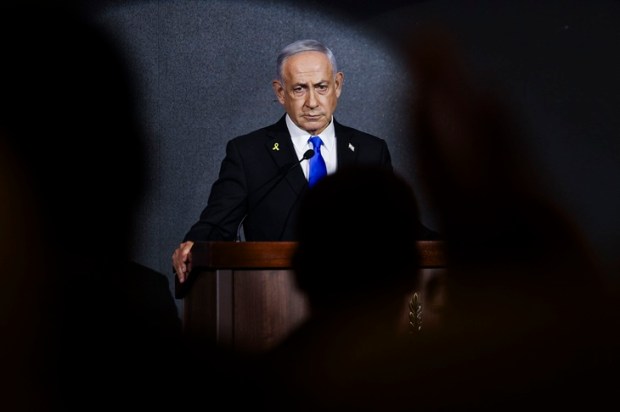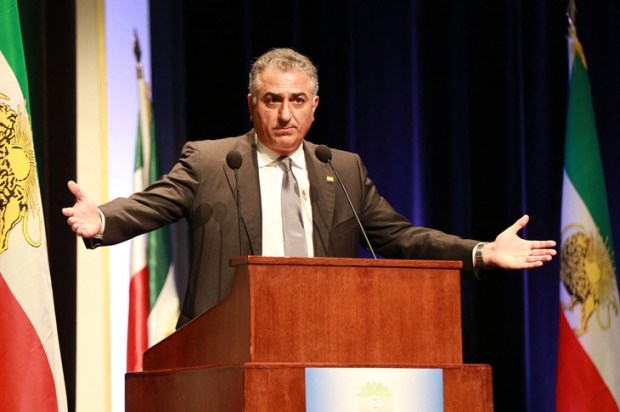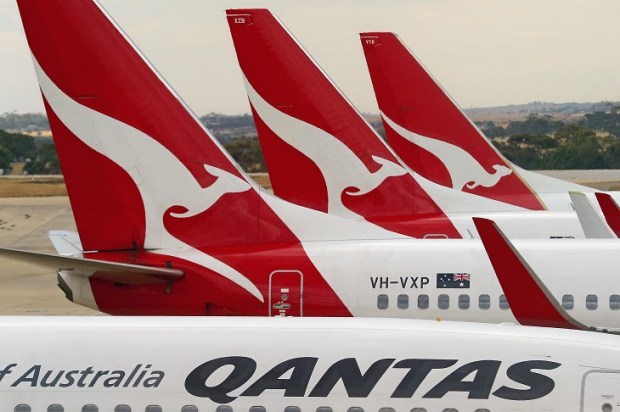The International Court that presided over the downing of Malaysian Airlines flight MH17 over eastern Ukraine on 17 July 2014 delivered its findings in November 2022. The Court, the District Court of the Hague, determined that the plane was brought down by Russian separatists with a surface-to-air missile fired from a unit known as a Buk TELAR, and three of the separatists, who were tried in absentia, were found responsible for the deaths of the 298 people on board. The Court, however, considered it to have been an accident. It said that the separatists had been intending to shoot a Ukrainian military jet and had struck MH17 in error.
The problem with this is that, as has been noted by authors Marianne van Velzen and J.V. Koshiw, it is next to impossible to program a Buk TELAR in such a way as to mistake a military jet for a commercial airline. To send a missile on its intended trajectory, the Buk requires data entry on matters including the size of the plane, the type and number of engines, the speed at which the plane is flying and its altitude. On 17 July 2014, the differences between a Ukrainian military jet and a Boeing 777 on all of these counts were significant. The Court, however, bypassed all of this. It did acknowledge that the operation of a Buk TELAR requires the expertise of a trained crew but found it ‘completely implausible’ that MH17 was deliberately targeted ‘because it is impossible to see what purpose that would have served’.
Could the downing of MH17 have been an accident? Is there no discernible motive for it, as the Court says?
The Court supported its reasoning by pointing out that in the intercepted phone communications between the separatists, there is nothing to suggest that MH17 was targeted. On the contrary, those communications include one or two indications of bewilderment that a passenger plane had been hit. These separatists, however, were not the people who fired the missile. They were the military men who ushered the Buk into eastern Ukraine from Russia on 17 July and out again the following morning, without more, and it is possible that, to their knowledge, the Buk was being brought in for the legitimate military purpose of strengthening their artillery, which was an acknowledged area of weakness in their campaign. The Buk TELAR itself, on the other hand, was accompanied by a trained Russian crew. The Court was aware of this but overlooked the possibility that the members of this crew were the only persons who were privy to the murderous plan, being a plan that would have been kept to the smallest possible number.
Then, another unusual aspect to the Court’s judgment is that it makes no mention of MH370 from 131 days earlier. On 8 March 2014, Malaysian Airline flight MH370 disappeared with 239 people on board whilst over the South China Sea en route to Beijing. This disappearance is of no interest to the Court in the case of MH17, which confined itself to the events of 17 July that year. The fact that two Malaysian Airlines flights met with strange endings only four months apart, the Court thereby infers, is a coincidence. It has always been a hefty load of coincidence for the world to have to accept, but, according to this Court, accept it we must. The fact the two Malaysian Airlines flights met with unusual fates within the space of four months is mere chance.
But maybe this needs to be reconsidered. Nearly ten years have passed since these events and the various investigations that have been undertaken throughout that time, all of which have assumed the two incidents to be mutually exclusive, have advanced neither case. MH370, they have concluded, was a mysterious disappearance. MH17, they have determined, was a mysterious accident. Maybe, therefore, the ‘coincidence’ reasoning should be done away with, and if this is done, the judgment of the International Court in the case of MH17 provides the entry point, for the Court’s finding that MH17 was downed accidentally is too improbable. As noted by Koshiw, in July 2014, 55 commercial airlines were using that airspace, including British Airways, British Virgin Airlines, Emirates and Malaysian Airlines, and on the day of the downing of MH17 alone, those 55 airlines were responsible for 160 flights over eastern Ukraine. Yet, not only did the operators of the Buk mistake a Ukrainian military jet for a commercial airliner, they happened to bring about the demise of another Malaysian Airlines plane. An assumption that this was an accident is inconsistent with the evidence and defies human intuition. The downing of MH17 must be taken to have been a purposeful act, and, as with all purposeful acts, there has to have been a motive.
With both MH370 and MH17, this is the line of inquiry to be pursued. ‘Everyone knows the MH370 story does not add up,’ wrote Florence de Changy in a straightforward truth. ‘Everyone knows a Boeing 777, possibly the safest plane in the history of civil aviation, does not disappear without a trace in one of the most politically sensitive regions of the planet’. Similarly four months later, everyone was troubled by the news of another Malaysian Airlines disaster. Everyone sensed that something was amiss.
Aviation journalist Jeff Wise said recently that, ‘If there was a link between them [MH370 and MH17], the underlying truth is way darker than anyone had anticipated.’ This is the reality to be addressed. When one Malaysian Airlines plane vanishes from the earth and another is soon after blasted ‘accidentally’ from the sky, the answers do not lie with aviation science or mathematics applied to reverberations from satellite pings. They are to be found in human intervention associated with the politics of nations. There was a motive for the downing of a second Malaysian Airlines plane so soon after the disappearance of the first. What was it? If it was to create a perception of a curse on Malaysian Airlines, which government stood to benefit from that perception?
Craig writes at www.pettblog.com

























